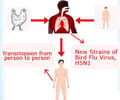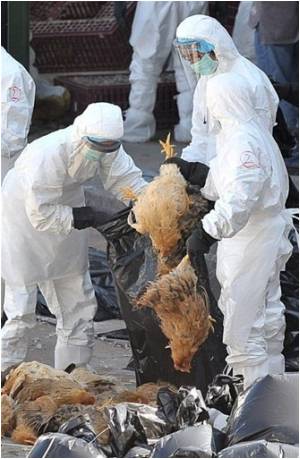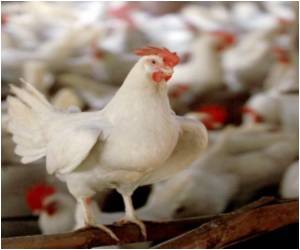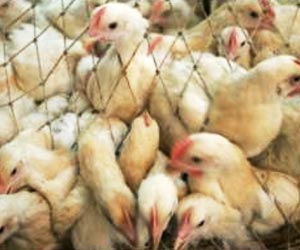In February 2013 a novel avian-origin reassortant influenza A (H7N9) virus emerged in China and is associated with severe lower respiratory tract diseases.
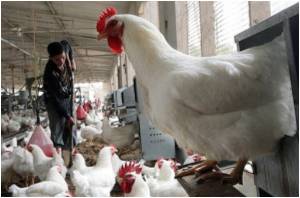
These data suggest that several H7N9 viruses are circulating in Hangzhou. It is uncertain whether the diversity of H7N9 in Hangzhou is the result of host adaptation, or predates the transmission to humans from an avian source. The pathogenesis of the novel avian-origin H7N9 virus in humans remains unknown, although a series of substitutions that have been confirmed as pathogenicity factors in animal models were found in viruses from Hangzhou. A glutamine to isoleucine substitution was observed at position 226 of the hemagglutinin amino acid sequence in the newly sequenced virus.
Isoleucine has similar characteristics to leucine, which was previously shown to be a pivotal amino acid in the binding of avian- or human-type receptor, and might be essential for pathogenicity in cases of airborne viral transmission. This substitution was observed for the first time at this site in H7N9, which may indicate a novel host adaptation feature of the H7 virus. Findings from the current study implied a rapid evolution of the novel H7N9 virus. This may assist in determining the source and mode of transmission of these infections, and provide a reference for selecting candidate vaccine strains. The receptor binding properties of Q226I and the significance of the substitutions in H7N9 need further exploration, including both in vitro and in vivo experiments, and extensive field surveillance.
Source-Eurekalert

